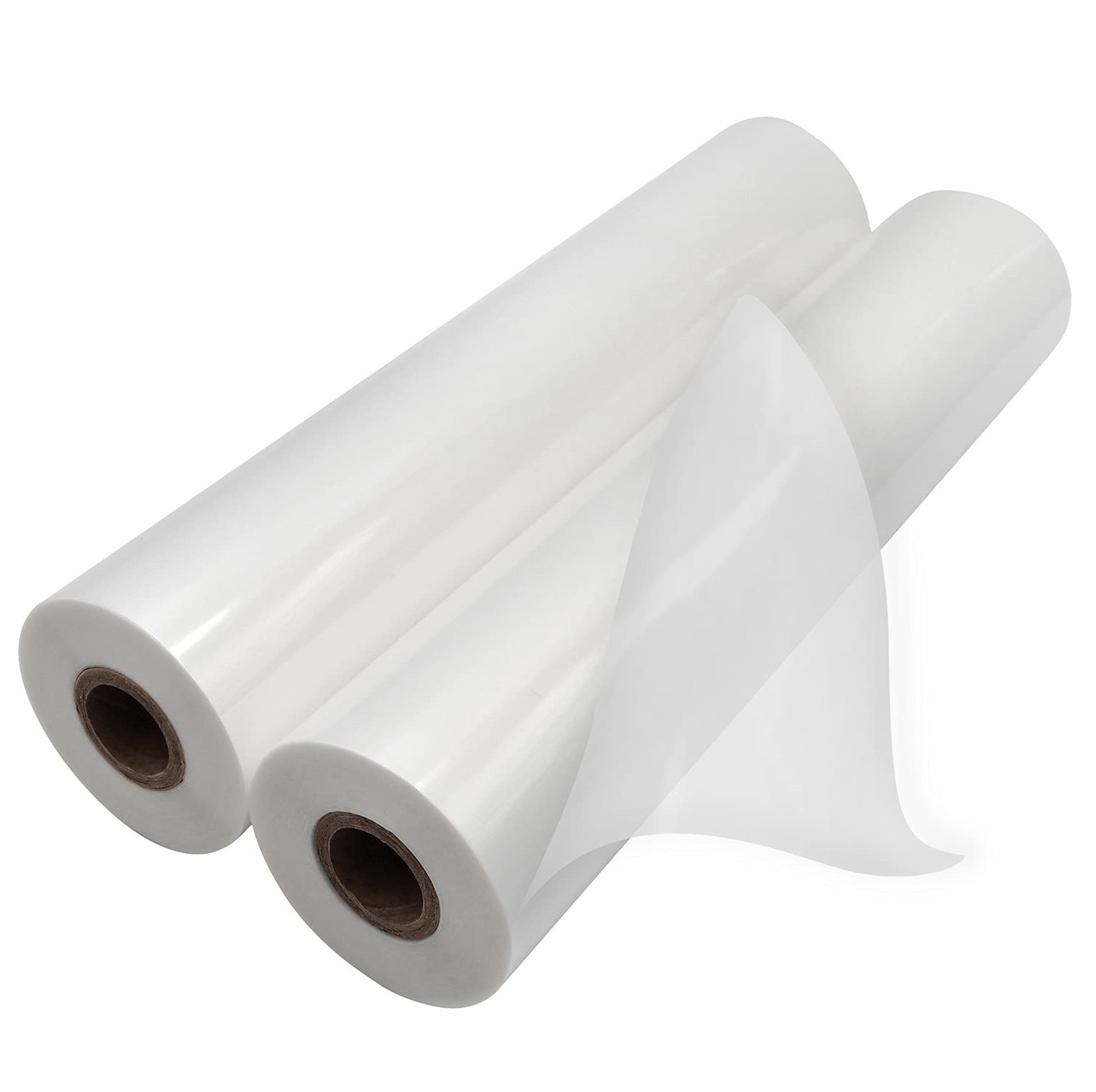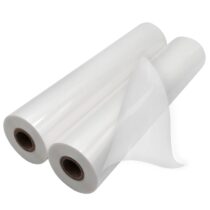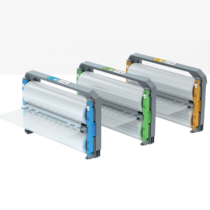Encapsulating printed work involves sealing it within a protective layer of plastic film, typically using a laminating process. This process offers several benefits for preserving, enhancing, and protecting printed materials. Here are some advantages of encapsulating printed work:
- Durability:
- Encapsulation provides a durable protective layer that guards against wear and tear, ensuring the longevity of printed materials.
- Water Resistance:
- The plastic film used in encapsulation is waterproof, making the printed work resistant to water damage, spills, or environmental exposure.
- Stain Resistance:
- Encapsulation creates a stain-resistant surface, making it easier to wipe off fingerprints, smudges, or other marks without damaging the printed content.
- Enhanced Strength:
- The plastic film adds strength and rigidity to the printed material, reducing the risk of creases, bends, or tears.
- UV Protection:
- Encapsulation provides a layer of UV protection, preventing the printed content from fading or yellowing due to exposure to sunlight or artificial light.
- Easy Cleaning:
- The smooth, sealed surface of encapsulated materials is easy to clean with a damp cloth, maintaining a fresh and professional appearance.
- Improved Appearance:
- Encapsulation enhances the visual appeal of printed work by adding a glossy or matte finish, depending on the type of plastic film used.
- Professional Presentation:
- Encapsulated materials have a polished and professional appearance, suitable for presentations, displays, or any printed items intended for long-term use.
- Increased Thickness and Rigidity:
- The encapsulation process adds thickness and rigidity to the printed work, giving it a substantial and high-quality feel.
- Writable Surface:
- Some encapsulated materials allow for writing with dry-erase markers, making them suitable for reusable charts, posters, or other instructional materials.
- Tear Resistance:
- The encapsulation process reinforces the material, making it more resistant to tearing and ensuring that the content remains intact.
- Preservation of Information:
- Encapsulation protects important information, such as maps, charts, or reference materials, by preventing damage from handling, folding, or exposure to the elements.
- Customization Options:
- Different types of plastic films and finishes provide customization options, allowing you to choose the level of gloss, matte, or texture that suits your design preferences.
- Versatility:
- Encapsulation can be applied to a wide range of printed materials, including posters, maps, instructional guides, menus, and more.
- Easy Reprint or Replacement:
- If the encapsulated material needs updating or replacement, the encapsulation can be cut open, and a new print can be inserted without damaging the underlying layer.
Encapsulation is a versatile finishing option that offers protection, longevity, and a professional appearance for various printed materials. Whether used for educational charts, marketing collateral, or frequently handled documents, encapsulation provides a reliable solution for preserving and enhancing printed work.
 Encapsulation Films
Encapsulation Films

